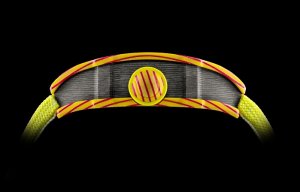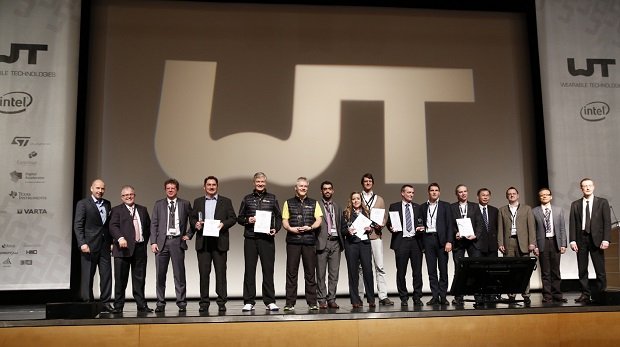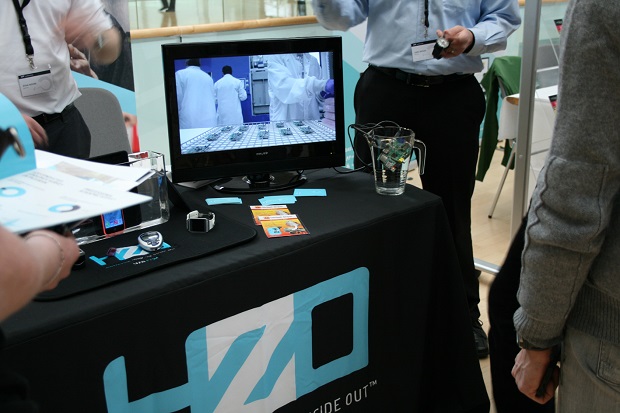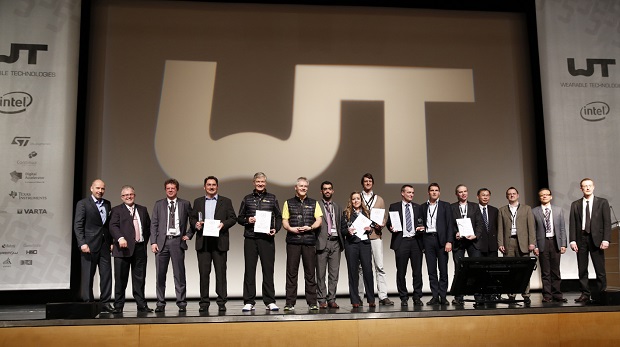
NTPT looks forward to summer of sporting excellence
Opinion


Some very big claims are being made for the potential benefits of wearable technologies, and not least in the field of mobile health applications, or so-called mHealth. According to Qualcomm Life, headquartered in San Diego, California, this will save the USA $305 billion in the next decade as a result of the increased productivity it brings to the medical industry, along with a further $205 billion from the widespread adoption of home-based remote monitoring. There are 300 million people in Europe and North America and 860 million worldwide with at least one chronic disease and it’s estimated that 25% would immediately benefit from wireless home monitoring solutions.

5th February 2014
Adrian Wilson
|
Munich
Some very big claims are being made for the potential benefits of wearable technologies, and not least in the field of mobile health applications, or so-called mHealth.
According to Qualcomm Life, headquartered in San Diego, California, this will save the USA $305 billion in the next decade as a result of the increased productivity it brings to the medical industry, along with a further $205 billion from the widespread adoption of home-based remote monitoring.

There are 300 million people in Europe and North America and 860 million worldwide with at least one chronic disease and it’s estimated that 25% would immediately benefit from wireless home monitoring solutions.
Speaking at the 5th Wearable Technologies Conference held in Munich, Germany, from January 27-28, Qualcomm’s commercial director Thomas J. Olesen said that such technologies also had the overwhelming support of doctors.
Via its 2net Platform, Qualcomm offers a set of wireless health solutions for reliably capturing and delivering medical device data to integrated portals or databases from nearly any wireless medical device.
The medical industry, however, is notoriously slow moving, although Olesen observed that new reimbursement infrastructures being introduced in the USA and elsewhere were now providing stronger incentives for the use of wearable technologies.
For the moment though, it’s the monitoring of sports activities by the highly active which is moving forward most rapidly.
It was a product for both sports and medical applications – and also based on a technical textile rather than being a watch or wristband – which was the overall winner of the 2014 Wearable Technologies World Cup.
Munich-based Moticon took the trophy for its OpenGo Therapist insoles which are equipped with some 13 capacitive pressure sensors, as well as those for measuring 3D acceleration and temperature.
They measure weight distribution and motion to provide data for gait correction and training and prevent overloading on one leg or the other.
In healthcare, they are being used to study impact analysis after leg surgery and to correct the activity of those with walking and posture problems. Measuring a patient’s plantar distribution of pressure is already standard in orthopaedic care.
Inappropriate biomechanical stress after injuries or surgery can be recorded with the OpenGo sensor insole in an uncomplicated, reliable manner and convalescence can be optimised significantly.
In sports analysis, such data provides useful information on an athlete’s distribution of pressure, tread and acceleration, in order to fine-tune effective training programmes.
The sensor insoles are completely wireless and can be used without any additional devices while being very thin and comfortable for the wearer.
Another notable textile-based product was Finnish company Myontec’s sensor-integrated MBody sportswear, which was the winner in the Sports and Fitness category
These carry out the measurement of muscle load, balance and the efficiency and intensity of exercise.

Five winners were selected from over 600 submitted products from 69 different countries this year, which gives an indication of the development activity that’s currently taking place in this field.
The 2014 Wearable Technologies Conference was all about big numbers, with B. Leo Kwak of US electronics equipment Applied Materials reminding attendees that in 1976 a 32GB smart phone would have cost a staggering $4 billion.
Meanwhile, it was said that by 2020, around 25 billion wearable devices would be in operation, and later this figure became 50 billion, so clearly when it comes to what’s around the corner it’s a question of sometimes pulling things out of thin air. Which is quite apt when it comes to describing the ‘internet of things’ of which these products are viewed an essential part – and maybe even to how they will be powered, because batteries remain very much the bottleneck.
Matthias Kassner marketing manager for EnOcean, the German Siemens spin-off, outlined his company’s investigations into the potential of energy harvesting sensors.
These, he explained, can be kinetic, solar powered or drawn from the body’s heat, but all are still at various stages of development, and while each are employed in various specialised applications, none is yet at the stage for mass adoption.
The race is now on for a way to get batteries up to the level of 2014 semiconductors, displays and sensors.

Business intelligence for the fibre, textiles and apparel industries: technologies, innovations, markets, investments, trade policy, sourcing, strategy...
Find out more